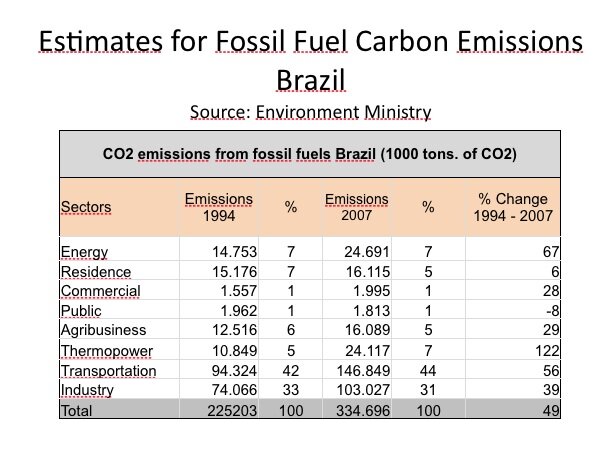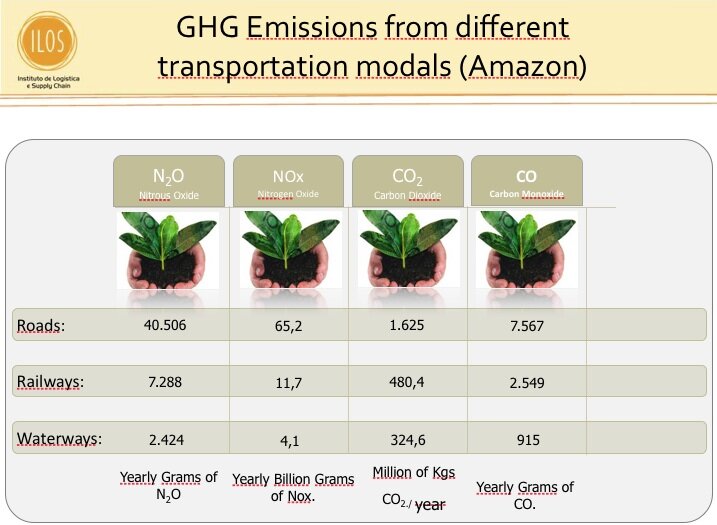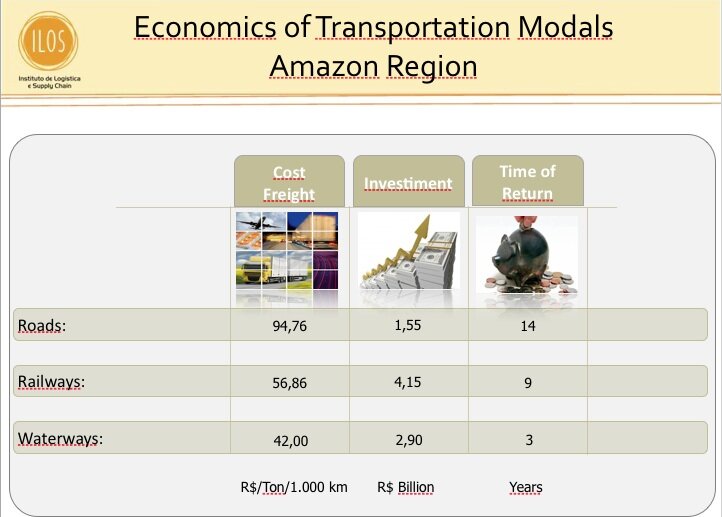Energy and transportation policy mistakes raise carbon emissions in Brazil
Sergio Abranches
The Brazilian environmental ministry has just released updated estimates for carbon emissions from the industrial, energy and transportation sectors. The reference year for the estimates was 2007. The tables contain only bad news and are a snapshot of the government’s blunders in transportation and energy choices.
Data do not cover emissions from deforestation and degradation, that would likely account for represent around 65% of total Brazilian emissions today. A little more, a little less. Nobody knows for sure: the last official figures are from 1994. Between 1994 and 2007, deforestation had two record peaks, in 1995 and 2004. It has been reduced since 2004, to start increasing again in 2008. Meanwhile, there were two industrial and agricultural boom periods: 1994-1996, as a direct result of stabilization, and 2006-2008, following the unprecedented expansion of the world economy. In both periods car sales, transportation intensity, coal and oil thermoelectric power generation have increased steeply, as well as commodity production and exports.
The new estimates show that total fossil fuel emissions have increased 49% from 1994 to 2007. Emissions from energy generation, however, increased 64%, and emissions related to coal, oil, and gas thermoelectric power generation expanded by 122%. In the transportation sector, emissions grew 56%.

Emissions from the industrial sector have increased less than total emissions, at 39%. Especially since the 1990’s Brazilian industries have been replacing coal and oil by natural gas as a source of heat. As natural gas emits less carbon than coal and oil, the pace of increase of industrial emissions has been proportionately reduced.
Some of the added power capacity from thermoelectric plants has also come from natural gas, but to a lesser extent due to both locational and availability limitations. As a result of increased industrial use, and some energy use, emissions from natural gas have grown by a staggering 1902%. But it should be noticed that they represented only 4% of Brazilian carbon emissions, deforestation excluded, in 1994, and were 31% in 2007. This huge addition to emissions has had a very low starting point. The same is not true for coal. Although its participation on total emissions fell from 45% to 32%, they have grown 76%, basically due to extensive licensing of coal-fired thermopower plants.

Emissions from diesel, related to increased intensity of use in both the energy and transportation sectors, were up 117%. The government has systematically neglected wind and photovoltaic energy sources, at the same time it gave unreasonable incentives to thermoelectric plants.
The Brazilian transportation policy has a historic bias towards road/truck transportation. This bias has some development-ideological underpinning, but its main raison d’être is political. The Transportation Ministry has always been a territory controlled by clientele, pork-barrel oriented politics. Policy has been predominantly influenced by clientele politics and heavy lobbying from large constructors and contractors. It has also been a source of both legitimate and illegal campaign financing.
The Plan for Growth Acceleration (PAC) president Lula is so fond of has its main axes on road construction and mega power plant projects, including several coal and diesel thermoelectric plants. Most of the new roads and all the mega hydroelectric projects are in the Amazon region and represent a proved source of risk of deforestation, increased GHG emissions, river erosion and water degradation.
All evidence points to the fact that the “PAC” resulted from bad and careless planning. It failed to examine better economic and environmental alternatives for both transportation and energy production.
Professor Paulo Fernando Fleury, an expert on logistics, from ILOS – Institute of Logistics and Supply Chain has conducted a thorough study of “PAC’s” transportation choices for the Amazon region. The study concludes that the planned roads are by far the worse possible choice, on economic, financial and environmental terms.

The “PAC’s” Amazon roads will emit on average 4.5 times more GHG than a railway, and 11.5 times more that waterways in the same route, the study shows. These figures do not account for emissions from deforestation they are already inducing.
This choice for a solution that is the least compatible to the region’s characteristics and the most GHG intensive would only make any sense at all if it were, by far, the best economic option. It turns out that this is not the case: it is also the worse economic and financial choice.

The study shows that freight costs are higher for Amazon roads, than for railways and waterways, by a factor of 1.7 and 2.3, respectively. The initial investment for road building would be lower than for both alternatives, but maintenance costs are higher. The time for return on investment would be considerably higher: 14 years, against 9 years, and 3 years, respectively.
When data for emissions from deforestation and degradation, as well as other land use change become available the picture will get even worse. The Environment Ministry says it will release these estimates soon. It will, then, be clear that Brazil is the least concerned about, and the least active on climate change policies and GHG emissions mitigation.


